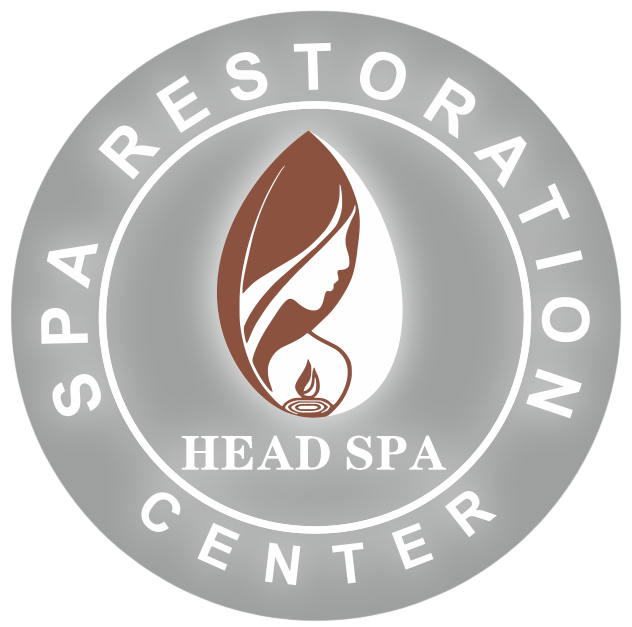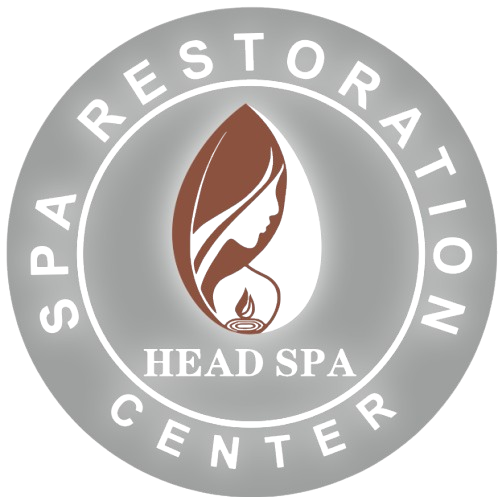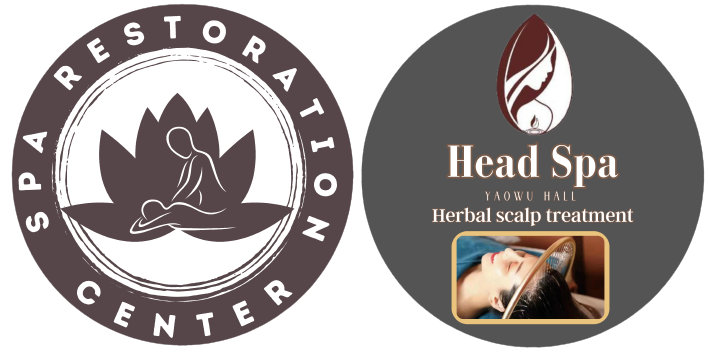
How Do I Know If I Need Lymphatic Drainage Massage?
Ever feel puffy, sluggish, or bogged down by unexplained aches and pains? It’s possible your lymphatic system, the body’s detoxifying network, might be congested. This guide dives deep into lymphatic drainage, exploring how to identify if you need it and the potential benefits it offers.
What is the Lymphatic System?
Imagine a vast network of tiny tubes weaving throughout your body, silently filtering waste products, toxins, and cellular debris. That’s the lymphatic system in action. Unlike the circulatory system with its central pump (the heart), the lymphatic system relies on muscle contractions and breathing to move a clear fluid called lymph.
Lymph bathes our tissues, collecting waste and ushering it toward lymph nodes – specialized filters that trap bacteria, viruses, and other harmful substances. Cleansed lymph then re-enters the bloodstream, completing the detoxification cycle.
Signs You Might Need Lymphatic Drainage
A sluggish lymphatic system can manifest in various ways. Here are some key signs to watch for:
- Swelling: Persistent puffiness in your arms, legs, ankles, or face can indicate lymph fluid buildup. This is especially noticeable after prolonged sitting or inactivity.
- Swollen Lymph Nodes: Easily palpable, pea-sized lumps in your neck, armpits, or groin might signify the body’s immune response to infection or inflammation. While enlarged lymph nodes often accompany illness, they can also suggest a lymphatic drainage issue.
- Digestive Issues: Bloating, constipation, and sluggish digestion can be linked to a congested lymphatic system.
- Chronic Fatigue: Feeling constantly tired and lacking energy might be due to a buildup of toxins that the lymphatic system struggles to eliminate.
- Skin Problems: Dry, itchy, or congested skin can be a sign of impaired lymphatic drainage.
- Headaches and Brain Fog: Some studies suggest that a sluggish lymphatic system might contribute to headaches and difficulty concentrating.
- Unexplained Weight Gain: While not a direct cause, lymphatic congestion can lead to fluid retention, contributing to weight gain.
- Frequent Colds and Infections: A healthy lymphatic system plays a vital role in immunity. If your lymph drainage is compromised, you might experience an increased susceptibility to infections.
Important Note: While these signs can indicate a need for lymphatic drainage, they can also point to other underlying medical conditions. It’s crucial to consult a healthcare professional for proper diagnosis and to determine if lymphatic drainage is a suitable approach for you.

Benefits of Lymphatic Drainage
A well-functioning lymphatic system is vital for overall health and well-being. Here’s how lymphatic drainage can benefit you
:- Reduced Swelling: By promoting lymph flow, lymphatic drainage can help alleviate puffiness and edema.
- Improved Immunity: A stimulated lymphatic system can enhance the body’s ability to fight off infections and remove toxins.
- Enhanced Circulation: Lymphatic drainage can improve blood circulation, potentially leading to better nutrient delivery and waste removal throughout the body.
- Pain Relief: The gentle massage techniques used in lymphatic drainage can help reduce muscle tension and discomfort.
- Skin Health: Improved lymphatic drainage can promote smoother, healthier-looking skin by reducing fluid retention and potentially minimizing the appearance of cellulite.
- Stress Reduction: The calming nature of lymphatic drainage massage can promote relaxation and reduce stress levels.
- Faster Recovery After Surgery: Lymphatic drainage can be a valuable tool to help reduce swelling and promote healing after surgery.

Types of Lymphatic Drainage
Several techniques can stimulate lymphatic drainage. Here’s a breakdown of some common approaches:
- Manual Lymphatic Drainage (MLD): This specialized massage technique involves gentle, rhythmic strokes applied to specific areas to promote lymph flow. MLD should only be performed by a trained therapist, especially if you have any underlying health conditions.
- Self-Massage: You can learn simple self-massage techniques to stimulate lymphatic drainage at home. These techniques involve light pressure and following the direction of lymph flow toward the lymph nodes.
- Dry Brushing: Brushing your skin with a dry brush before showering can help stimulate the lymphatic system and exfoliate dead skin cells.
- Compression Garments: Wearing specialized compression garments can help reduce swelling and promote lymph flow, particularly after surgery or for conditions like lymphedema.
- Exercise: Regular physical activity is a natural way to promote lymphatic drainage. Activities like walking, swimming, and rebounding are particularly beneficial.
- Hydration: Drinking plenty of water helps to thin lymph fluid, making it easier for the lymphatic system to transport it efficiently.
When to Avoid Lymphatic Drainage
Active Infection or Fever
Lymphatic drainage can potentially spread infection throughout the body. If you have a fever, cold, flu, or any active infection, wait until you’re fully recovered before considering lymphatic drainage.
Inflammation
If you have any areas of inflammation, such as sunburn or a recent injury, avoid lymphatic drainage in those areas.
Blood Clots
Lymphatic drainage can dislodge blood clots, which can be dangerous. If you have a history of blood clots or are at an increased risk, consult your doctor before considering lymphatic drainage.
Cancer
While some studies suggest the potential benefits of lymphatic drainage for cancer patients after treatment, it’s crucial to consult with your oncologist before proceeding. In some cases, it might not be recommended.
Heart Disease
If you have a heart condition, consult your doctor before receiving lymphatic drainage, as certain techniques might not be suitable.
Pregnancy
While some prenatal massage techniques can be adapted for lymphatic drainage, it’s important to consult with your doctor or a qualified prenatal massage therapist to ensure a safe and appropriate approach.
How to Find a Qualified Lymphatic Drainage Therapist
If you’re interested in exploring professional lymphatic drainage massage, here are some tips for finding a qualified therapist:
To find a qualified lymphatic drainage therapist, look for someone certified in Manual Lymphatic Drainage (MLD) by a reputable organization. When choosing a therapist, consider their experience working with your specific needs or conditions. Reading online reviews or asking for recommendations from your doctor or physical therapist can also be helpful. Finally, schedule a consultation with the therapist to discuss your health history and goals for lymphatic drainage. This will allow you to ask questions and ensure the therapist is a good fit for you.
Safety Precautions During Lymphatic Drainage
Here are some safety precautions to keep in mind when receiving lymphatic drainage:
Communication is Key
Open communication is vital throughout your lymphatic drainage experience. Before your first session, discuss your complete health history with the therapist. This includes any underlying health conditions you might have, such as high blood pressure, heart disease, or allergies. Also, disclose any medications you’re currently taking, as some medications can interact with lymphatic drainage.
It’s also important to inform the therapist about any recent surgeries or injuries you’ve had. This will help them tailor the massage technique and pressure to avoid irritating sensitive areas.
Hygiene Matters
A clean and hygienic environment is essential for a safe and comfortable lymphatic drainage session. Ensure the massage room is clean and well-maintained. The therapist should use clean towels and massage oil throughout the session. Don’t hesitate to ask questions or voice any concerns you might have about hygiene practices.
Listen to Your Body
Your body is the best indicator of how you’re responding to the massage. Lymphatic drainage should be a relaxing and therapeutic experience. If you experience any pain or discomfort during the massage, let the therapist know immediately. They can adjust the pressure or technique to ensure your comfort.
Some mild tenderness or temporary increase in urination is possible after a lymphatic drainage session, as the body eliminates toxins. However, if you experience any sharp pain, dizziness, or nausea, communicate this to the therapist right away.
Hydration is Key
Drinking plenty of water before and after your lymphatic drainage session is crucial. Hydration helps to thin lymph fluid, making it easier for the lymphatic system to transport toxins and waste products out of the body. Aim to drink at least 2 glasses of water in the hours leading up to your appointment. Following the massage, continue to drink plenty of water to facilitate the elimination of toxins released during the session.
Conclusion
The lymphatic system plays a crucial role in maintaining overall health and well-being. Consulting a healthcare professional for proper diagnosis is essential before incorporating lymphatic drainage into your wellness routine.



Leave a comment